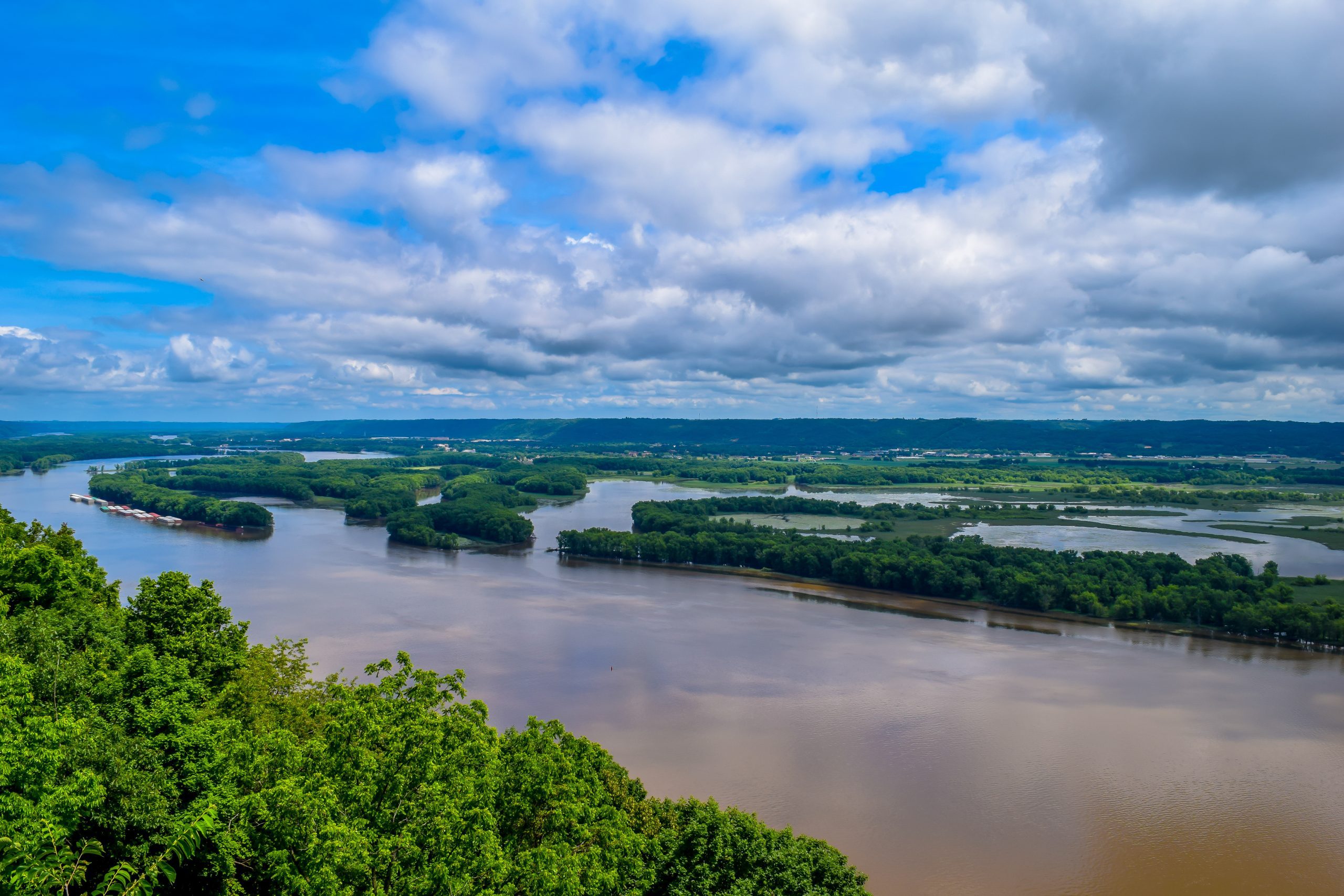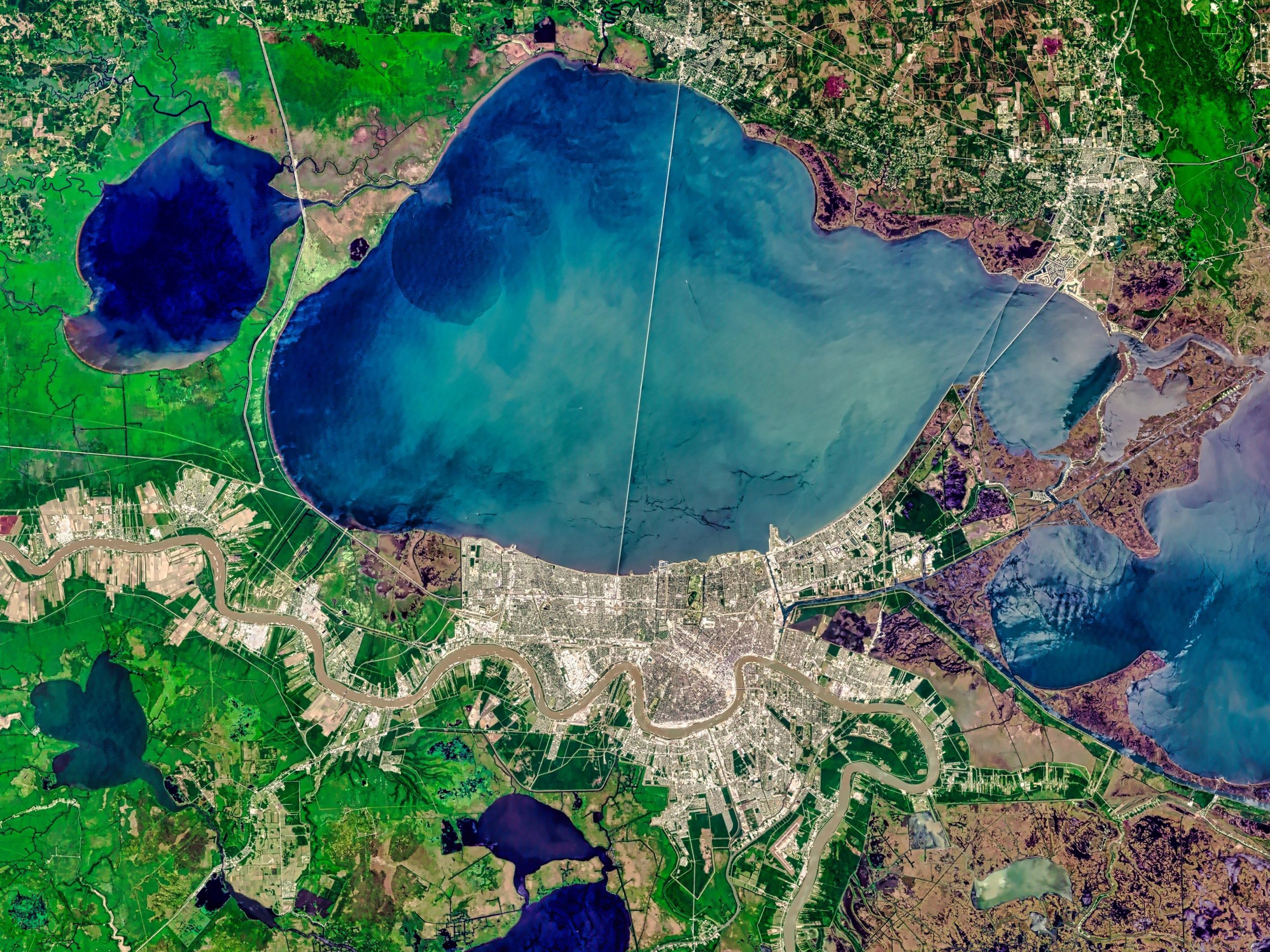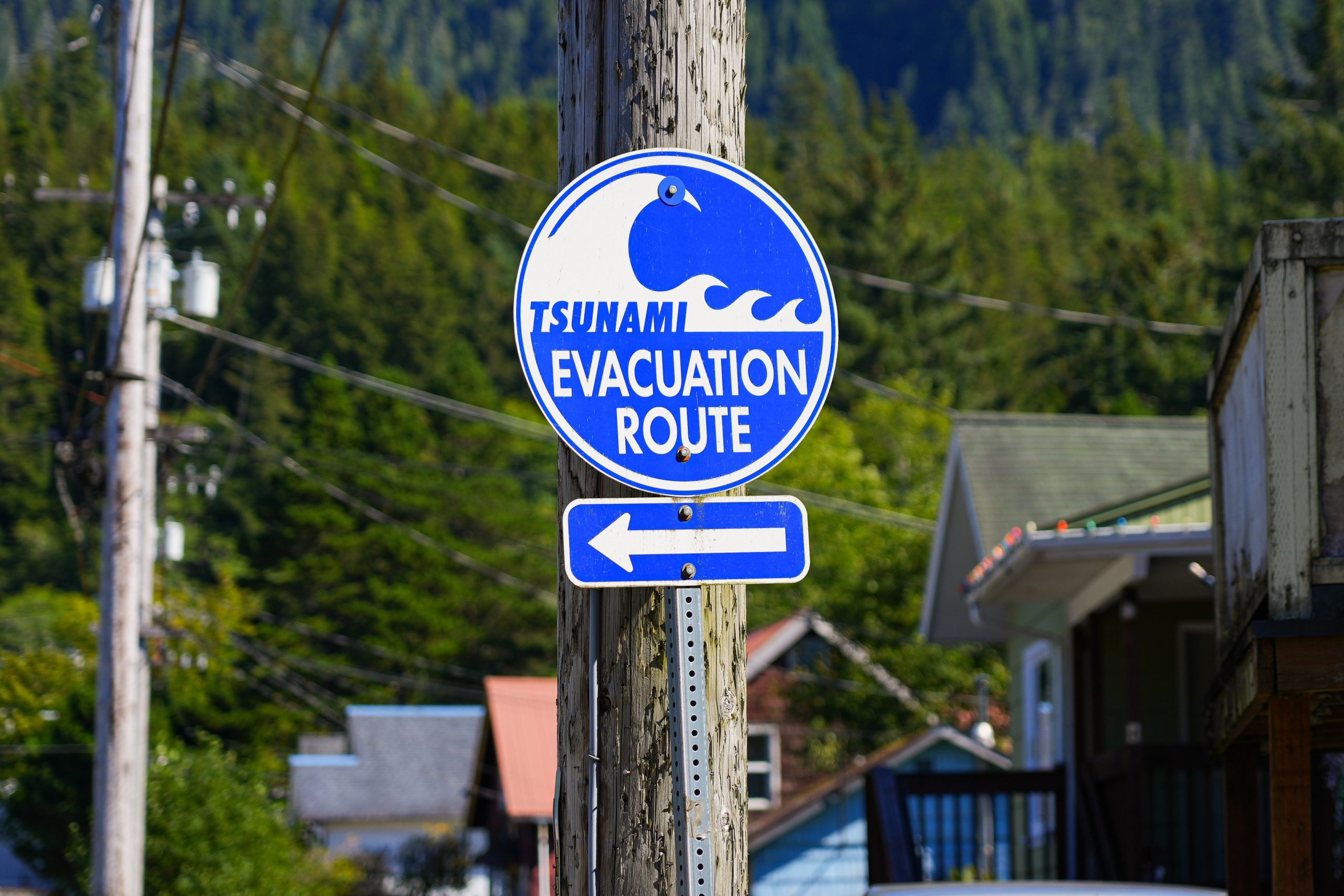
| A few weeks ago, Louisiana officials and the Army Corps of Engineers sounded alarms that saltwater intrusion in the Gulf of Mexico was creating a pressing threat to New Orleans’ drinking water. In a historically rare phenomenon, saltwater from the Gulf was moving upstream the Mississippi River, threatening to reach New Orleans’ water intake facilities within a month. Swift intervention slowed the saltwater enough to avert disaster.
Typically, freshwater in the Mississippi River prevents saltwater from the Gulf from migrating upstream. But today, most of the Mississippi is experiencing extreme or exceptional drought, resulting in the river’s flow being about half the rate necessary to hold off intrusion. Once it reaches a water system, salt is difficult to remove from drinking water without desalination technology. In New Orleans, contamination would disrupt access for the half a million serviced by the Sewerage and Water Board (S&WB) of New Orleans until the saltwater was sufficiently diluted. This emergency was narrowly avoided last week thanks to efforts to expand a recently constructed a sill – or an underwater levee – by the Army Corps of Engineers. Though this news comes at a relief to New Orleans communities, it is a wake-up call to prevent similar emergencies in the future, which are likely to be more frequent due to climate change. Saltwater intrusion has threatened to contaminate New Orleans drinking water before: saltwater nearly reached the Carleton intake facility in 1988 but retreated the next day due to an increase in downstream flow in the Mississippi. In 1999, 2012, and 2022, the Army Corps of Engineers constructed similar emergency sills to slow saltwater movement. However, because these incidents are precipitated by drought, as climate change intensifies and drought becomes more prevalent, saltwater intrusion is likely to occur more frequently. Rising sea levels compound this risk further. In addition to being unpotable, saltwater corrodes lead water pipes, exacerbating lead contamination in drinking water. In a city like New Orleans, where tens of thousands of the city’s water pipes are made of lead, this could be disastrous. To prevent similar scenarios from threatening the region’s drinking water systems in the future, adaptive action is necessary. We have tools at our disposal to prevent crises like this from happening, and a historic influx of federal funds from IIJA and IRA to implement them. First, drought mitigation and management on the Mississippi can help keep the river’s flow from reaching dangerously low levels. Together, IIJA and IRA have appropriated over $30 billion to combat drought. Second, improving infrastructure like sills, pipelines to transport emergency drinking water supplies, and desalination technology can help equip communities to respond to future emergencies. These projects can be expensive, but funding like the $250 million appropriated for desalination projects and the millions appropriated to the Army Corps of Engineers for emergency and coastal management can help offset costs. Third, replacing aging water infrastructure – specifically lead service lines – will address health concerns associated with corrosion and increase the resilience of drinking water systems. IIJA has already begun distributing some of the $15 billion set aside to replace lead water service lines to states and has allocated over $100 million to Louisiana in the last two fiscal years. Ultimately, the more we take action to mitigate climate change, the more we can prevent impacts that contribute to saltwater intrusion, like drought and sea level rise. For more information about the federal funding aimed at addressing climate change, visit the Climate Program Portal. |


